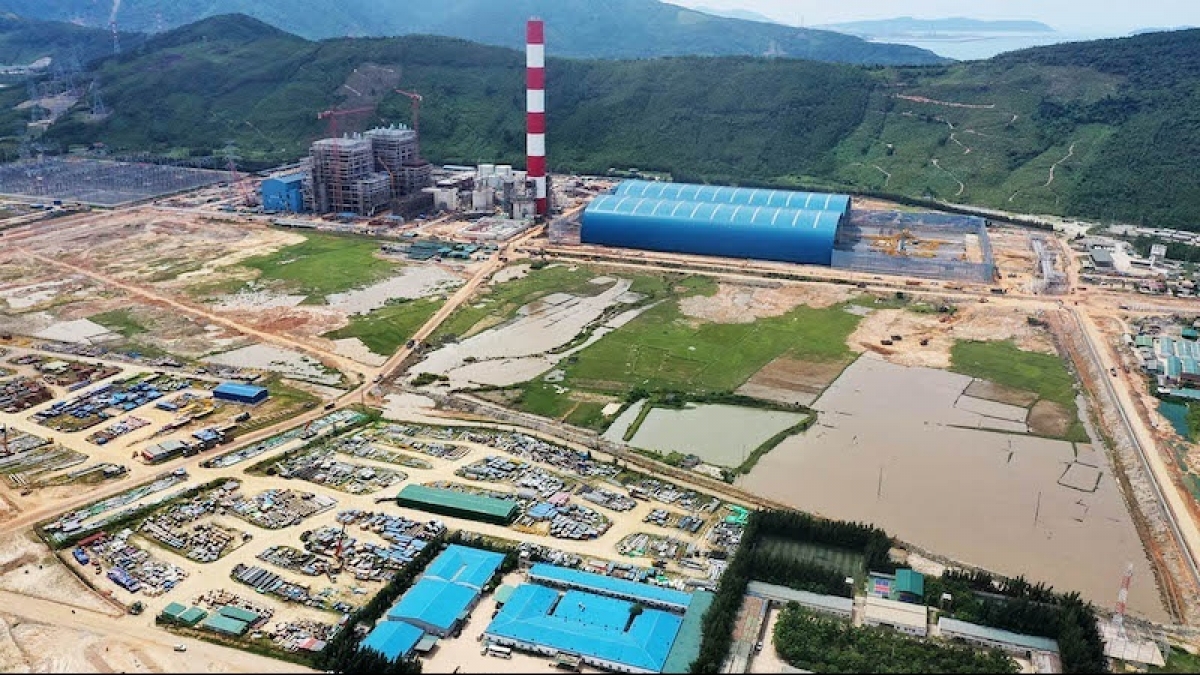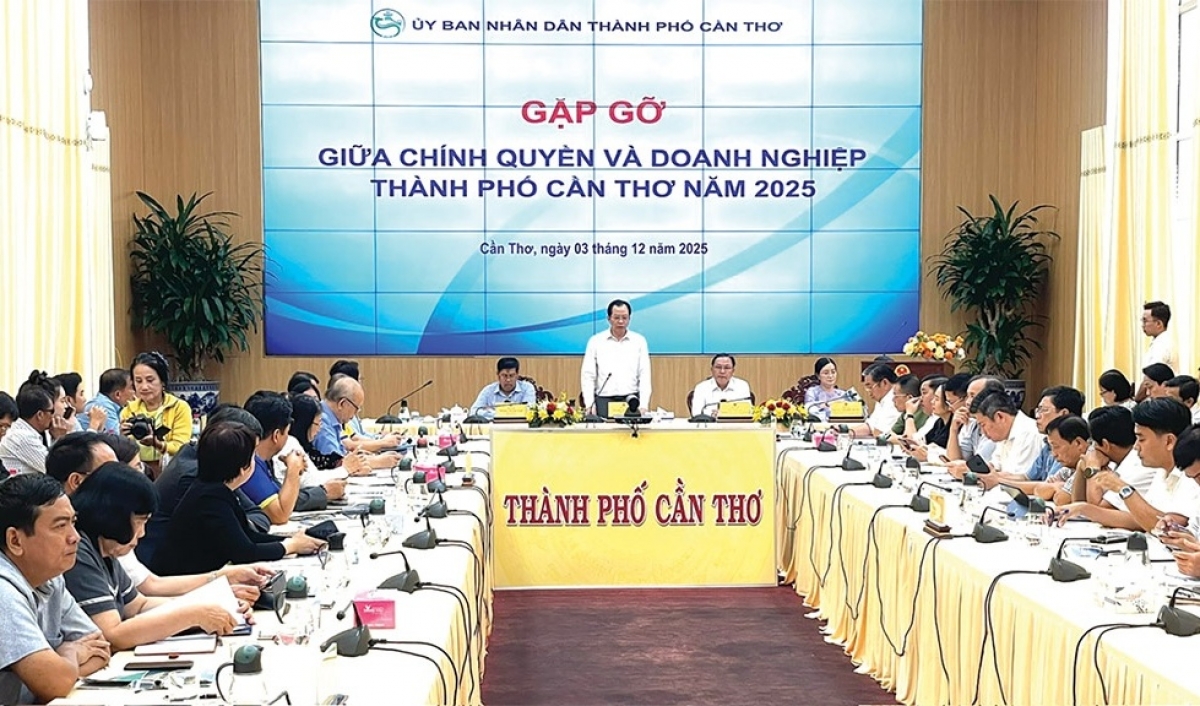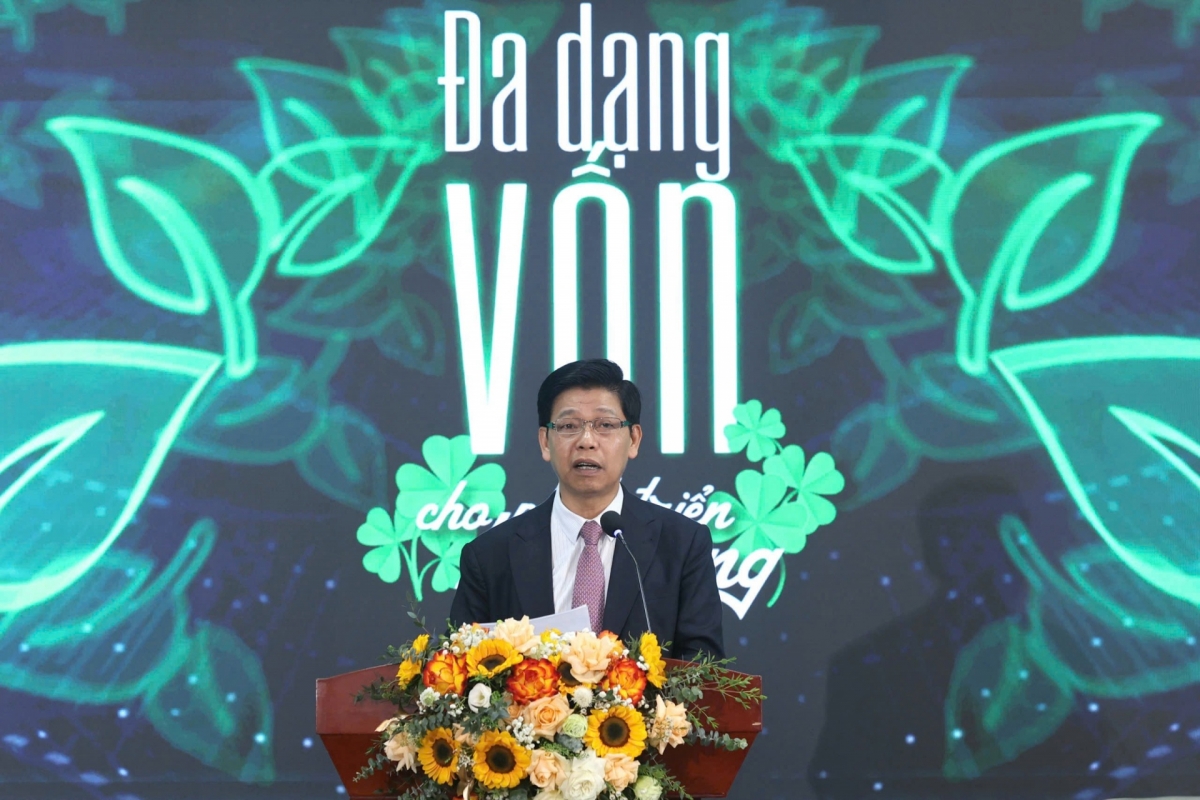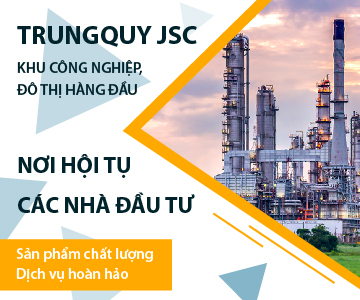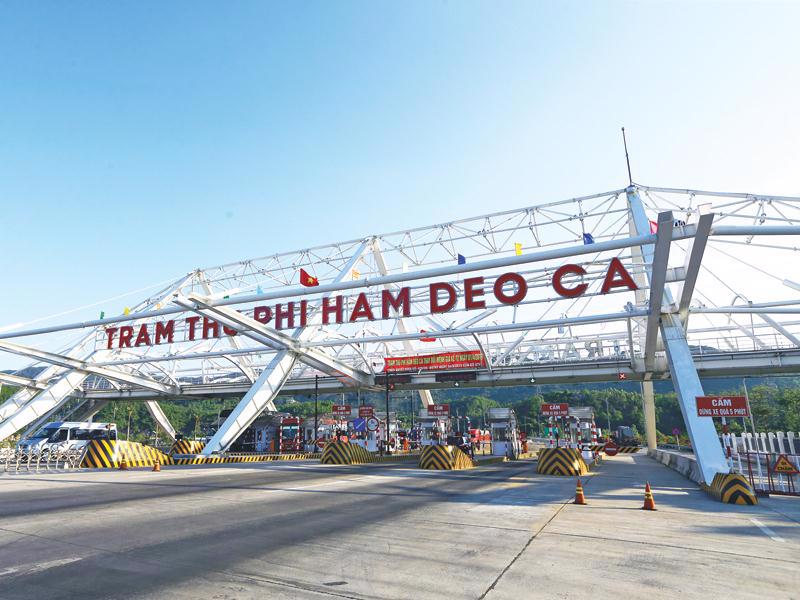INTERNATIONAL INVESTMENT
AND PORTAL
 Prof. Dr. Andreas Stoffers, professor of Southeast Asian Business Relations at the FOM University of Applied Sciences
Prof. Dr. Andreas Stoffers, professor of Southeast Asian Business Relations at the FOM University of Applied Sciences
The ongoing conflict in the Middle East, particularly the Israel-Hamas war and escalating tensions involving Iran, has once again spotlighted the vulnerability of the global economy to geopolitical shocks, most notably through the oil markets.
As a former long-term resident and economic advisor in Vietnam and now a scholar of Southeast Asian business relations, I observe these developments not just through a theoretical lens but with grounded insights into their practical implications for Vietnam.
Although Vietnam is geographically far from the Middle East, its deepening integration into global value chains and continued dependence on imported energy have made it inherently vulnerable to both the direct and ripple effects of oil price fluctuations.
Like all rapidly emerging economies, Vietnam’s growth depends on a stable and affordable energy supply. And while global discourse increasingly emphasises the shift towards renewables, the reality remains: fossil fuels continue to play a critical role in powering industrial production, transportation, and development.
Recognising this dual challenge, the Vietnamese government is pushing ahead with a series of structural reforms designed to strengthen economic resilience.
These include transforming the private sector into a key driver of the national economy, and targeting transformative breakthroughs in sci-tech and innovation, placing green growth and digitalisation at the heart of Vietnam’s next development phase.
Combined with the streamlining of administrative procedures and the enhancement of governance efficiency, these initiatives are not only essential for long-term competitiveness but also serve as important buffers against external shocks such as energy market disruptions.
Dependency and sensitivity
Oil remains the lifeblood of the global economy, and price fluctuations reverberate well beyond the energy sector.
The Middle East, particularly the Strait of Hormuz, is a crucial artery for global oil supply. With roughly one-fifth of the world’s oil passing through this chokepoint, any disruption, whether through conflict, sanctions, or shipping attacks, can trigger spikes in global oil prices.
As of mid-2025, global oil prices have remained relatively stable, fluctuating modestly around the $68–70 per barrel range. While there have been occasional short-term spikes driven by geopolitical tensions in the Middle East, the overall trend does not currently indicate significant volatility.
For Vietnam, this price stability offers a degree of predictability, which is essential for sectors such as manufacturing, logistics, and transport that are sensitive to energy costs.
However, the situation remains fragile and should be observed carefully by Vietnam. Any sudden escalation in the Middle East, such as a disruption to shipping through the Strait of Hormuz, could quickly lead to price surges, with projections suggesting temporary spikes above $90 per barrel in extreme scenarios.
For a country like Vietnam, which still imports the majority of its petroleum needs, such a development would exert upward pressure on production costs, inflation, and the trade balance. While current oil price stability provides a short-term cushion, Vietnam must continue to diversify its energy mix and invest in energy efficiency to reduce long-term vulnerability.
Vietnam, although making strides in energy diversification, still relies on imported fuels, especially for its transportation, manufacturing, and electricity generation sectors. This makes the country vulnerable to global oil price shocks. However, it is also investing heavily in expanding its refining and petrochemical capabilities to reduce reliance on these fuel imports.
Vietnam’s petroleum sector remains a key pillar of the economy, supporting energy security, industrial output, and export earnings. The industry covers the full value chain, from offshore exploration in the Cuu Long and Nam Con Son basins to refining at domestic facilities like Dung Quat and Nghi Son, which supply a substantial share of the country’s fuel demand.
Higher oil prices have a dual impact on the Vietnamese economy. Firstly, it increased production costs. Key sectors like textiles, footwear, electronics, and transport logistics see higher operational costs, reducing competitiveness, especially among small- and medium-sized enterprises with limited pricing power.
Elevated fuel prices trickle down to consumer goods, exerting inflationary pressure. While the State Bank of Vietnam has managed inflation prudently so far, prolonged external price shocks could necessitate tighter monetary policies, potentially slowing growth.
The ongoing conflict in the Middle East and its influence on global oil prices has the potential to affect a wide range of sectors in Vietnam, from logistics and manufacturing to tourism and agriculture.
As a key node in global manufacturing, particularly electronics, garments, and machinery, Vietnam’s export-driven economy depends on affordable and predictable energy inputs. Rising oil prices mean higher shipping and production costs, which could lead to margin pressures, delayed shipments, and possible shifts in supplier preferences by international buyers.
In addition, Vietnam’s booming logistics sector is particularly exposed. Air freight, trucking, and maritime shipping costs rise with fuel prices. This may lead to delays, cost pass-throughs to end consumers, and logistical bottlenecks, especially as Vietnam scales up its role in global supply chains.
Tourism, one of the country’s strategic growth pillars, could also suffer setbacks. Jet fuel is among the largest cost items for airlines. Higher ticket prices and reduced flight frequencies may reduce Vietnam’s attractiveness to cost-sensitive tourists, especially from regional markets like ASEAN and Northeast Asia.
What is more, due to the financial impact on economies like the EU, which are already affected by other economic difficulties, there could be less money in the pockets of consumers to afford a trip to Vietnam.
Vietnam’s rural economy also faces indirect effects. Fuel-intensive sectors such as aquaculture, rice cultivation, and inland transport could see profitability erode due to higher input and logistics costs. This threatens rural livelihoods and risks increasing inequality if not mitigated through subsidies or support policies.
Growth in a carbon-constrained world
Here lies a paradox: while rising oil prices challenge Vietnam’s short-term stability, they may simultaneously accelerate longer-term transitions towards green growth and Vietnam’s commitment to sustainability and digital transformation.
Rising fossil fuel costs improve the economic feasibility of renewables. Vietnam, already an important player in solar and wind installations in ASEAN, can leverage this trend to fast-track its green energy ambitions. Investments in smart grids, energy storage, and electric mobility can help reduce exposure to imported fossil fuels.
Furthermore, a global shift away from oil dependence, driven by both market forces and climate goals, supports Vietnam’s positioning as a forward-looking economy. These dynamics strengthen the country’s narrative as a reliable partner in sustainable global value chains.
However, the Vietnamese government is not passive in the face of global uncertainty. It aims to strengthen the private sector, combined with the ongoing administrative reforms to simplify licensing processes, and decentralise decision-making.
These activities are designed to enhance the ease of doing business and improve investor confidence, critical assets in times of external volatility and thread of external shocks.
For foreign investors, the alignment of policy signals, pro-business reforms alongside commitments to lean administration as well as green and digital transitions, sends a strong message: Vietnam is not just open for business, but open for modern business.
In an increasingly polarised global environment, Vietnam’s constructive approach allows it to maintain trade relations with a diverse array of partners, from the US and EU to China and Russia. It can also be an asset for Vietnam on the one hand as neutral partner in the Middle East conflict, and on the other hand as a safe haven for foreign investment.
In connection with Vietnam’s plans to set up financial hubs in Ho Chi Minh City and Danang, these plans may receive a further boost as Dubai’s financial hub could be affected by an expansion of the conflict in the Middle East.
Moreover, Vietnam’s participation in over a dozen free trade deals enhances market access and buffers economic risks. These agreements often contain clauses supporting energy security, green tech cooperation, and trade facilitation, making them relevant tools in today’s turbulent energy environment.
Given the uncertain outlook for the Middle East and global energy markets, business leaders operating in Vietnam should consider investing in energy-efficient technologies, renewable sourcing, and resilient logistics networks to reduce exposure to oil price volatility.
They should also look at incorporating geopolitical risk assessments into business continuity planning, particularly for energy-intensive operations; engage with Vietnamese regulators to support the effective implementation of related legislation, ensuring reforms meet industry needs; and leverage Vietnam’s openness to sustainable infrastructure, digital transformation, and suitable financing to align with long-term government priorities and global investor expectations.
Meanwhile, Vietnamese policymakers should expand and diversify national oil reserves and encourage private-sector participation in energy storage; consider targeted subsidies or tax relief for vulnerable sectors during oil price shocks without distorting market mechanisms; and increase fiscal incentives for renewable energy adoption and clean technologies.
The Middle East conflict, while geographically remote from Vietnam, sends clear ripples through global oil markets, ripples that inevitably reach Vietnam’s shores. However, the story is not one of passive vulnerability. Vietnam’s ongoing administrative reforms, green growth trajectory, and diplomatic agility position it well to not only weather the storm but emerge stronger.
 Legal obstacles threaten to prevent overall ambitions
Legal obstacles threaten to prevent overall ambitions
Substantial reforms are being called for to build a transparent and feasible legal environment, in order to further accommodate businesses.
 Legal answers and enhanced competition to suit IP investors
Legal answers and enhanced competition to suit IP investors
Addressing legal obstacles related to investment and customs procedures for businesses operating in industrial areas will significantly enhance their competitiveness. This, in turn, will pave the way for attracting more foreign investment capital.
